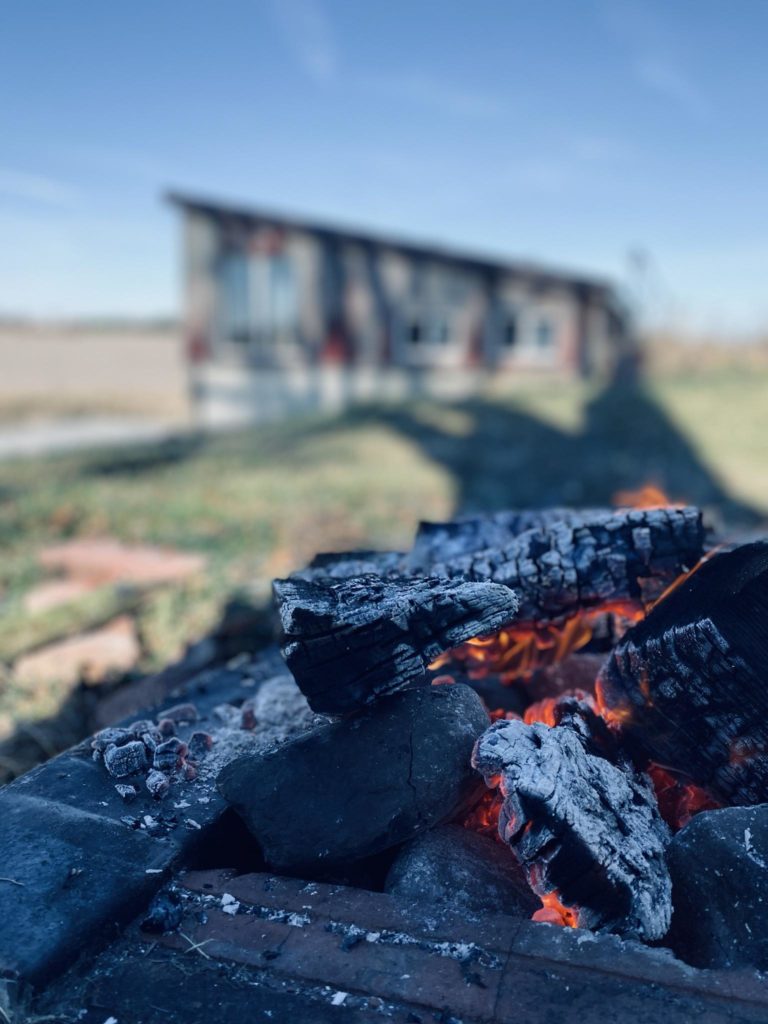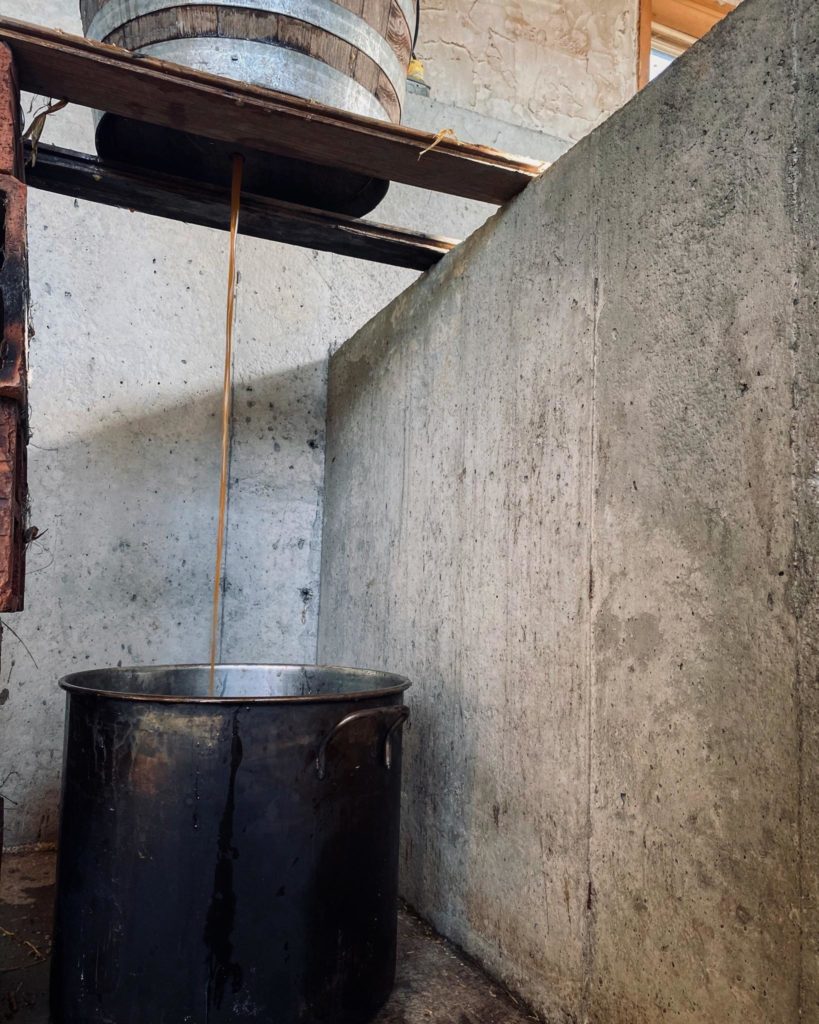By Lindsay Perdue
So what would you do with Smoked Malts? Good question. Over here at Great Fermentations, we are getting excited about brewing with smoked malts. If you haven't taken stock of our offerings lately, you will find we have made some additions. Next to the birch, cherrywood, and peat smoked malts more commonly touted by craft breweries, we have a variety of other smoked malts available.

Historical techniques have been a hot topic of conversation around the GF showroom lately. Smoked malts played an integral part in the makeup of beer brewed before the mid-17th century. These beers existed prior to an advance in kilning technology, which allowed grain to be malted without direct contact by wood smoke. Something about these kinds of deep dives into historical context can feel nearly akin to researching your own genetic code and attempting to connect yourself to the people of that area via internet research.
"Something about these kinds of deep dives into historical context can feel nearly akin to researching your own genetic code"
The craft maltsters over at Sugar Creek Malt felt just the same, it would seem. They have been busy bringing nearly lost malting recipes back to life with ingredients grown, harvested, and malted by their own, local hands using farmhouse techniques with traditional styles of beer in mind. We offer their Stjørdal, Indiana Nordic, and German Rauchmalz varieties; along with their Cherrywood smoked malt.

Developing and Brewing the Recipe.
At Great Fermentations, we brewed two versions of a traditional Nordic Stjørdal style using 100 percent pilsner malt, with a small percentage being Stjørdal pilsner malt. We were gifted a locally grown branch of cedar (without the berries) in the mash, to balance the malt sweetness. We called the beer Surtr, named for the Nordic god of fire.
The Stjørdal feels timely because it is brewed in the isolation of harsh winter by community brewers in the shared Såinnhus. Our team strives to consider themselves knowledgeable in all things fermented and we work to fill in the gaps that appear to us. Our experience with this brew showed us that this Stjørdal occupied a compelling blank spot in our awareness. This beer was light in color, alcohol, and body. It was simply sweet, bready, and deeply smoky. The simple grain bill provided a clean, light, nearly lemony-sweet malt background for the earthy smoke to take center stage. It was, above all things, Different.
"Our experience with this brew showed us that this Stjørdal occupied a compelling blank spot in our awareness."
We found it easy to recall the taste of smoked meat or campfire when searching for anything familiar about the flavor of the Stjørdal malt. The imagery was not a stretch considering that alder, which is the same wood used to smoke the Stjørdal, is also most commonly used to smoke salmon. The second attempt held less smoked malt than the previous grain bill and we used additions of locally grown Chinook and Michigan Copper to balance the malt sweetness more. Some found it more pleasant and some less so. The team found this beer a polarizing one, which is true for many smoked beers. It is these conversations and experiences, however, that fuel our excitement for beer and brewing.
The question remains for the homebrewer; what would I do with smoked malt?
Whether you decide to make your own version of an endangered style because you're just into that kind of thing or are looking to add a little extra complexity to something big, the first piece of advice on your journey is pretty predictable. A little goes a long way. As in, 4 percent of the grain bill or smaller, little. That is unless you are looking to get a smoky taste of life on the Trondheim fjord; in which case it's more like thirty percent. If you find yourself on this end of the spectrum: Skål!
Let's be honest, we all put a whole lot of effort, time, resources, and heart into our brews. It doesn't matter how large or small those batches may be. A great place to incorporate smoke into your creative slurry is with beers that already play host to big flavors. Stouts, Scots, Porters, Bocks, and Barleywines all have so much to offer in flavor. A touch of smoke here or there can serve to add depth and complexity to something already largely sweet or roasty. It can be thought of in terms such as using hops to balance the sweetness of the malt. And what is beer but an exercise in balance?
"And what is beer but an exercise in balance?"
Adding a small amount of smoked malt to a recipe you are trying to fine tune to a thing of beauty is an interesting avenue to explore. We carry seven different options to choose from. So what kind of smoked foods do you enjoy? And what kind of beer excites you? We would love to hear about what you create, and any other questions you might have on our next livestream brew day. Happy Brewing, friends!








